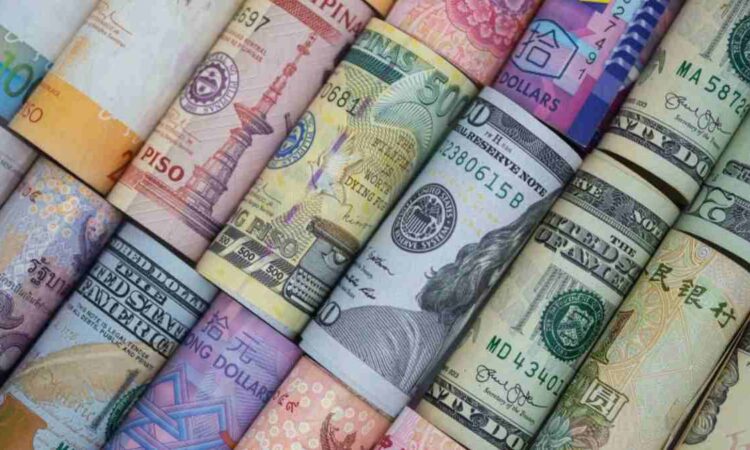
Currencies of the World: There are around 215 countries in the world and we can see different currencies in circulation in these countries. Not all currencies are same, while some countries have strong currencies, some are less.
Take this GK quiz on currencies to learn about the world’s various currencies.
1. What is the currency of Malaysia?
a) Krona
b) Peso
c) Ringgit
d) Lira
Answer: c
Explanation: The main currency of Malaysia is Ringgit. In addition to that, Indian Rupee and Brunei Dollar are also used.
2. Lek is the currency of which country?
a) Azerbaijan
b) Angola
c) Indonesia
d) Albania
Answer: d
Explanation: Lek was introduced as Albanian currency in the year 1926.
3. Lira was the former currency of which country?
a) Croatia
b) Nigeria
c) Italy
d) Portugal
Answer: c
Explanation: Lira was used as the official currency of Italy, Malta but after 2002 was replaced with Euro.
4. Euro is used as a currency in how many countries?
a) 21
b) 19
c) 17
d) 23
Answer: b
Explanation: Euro is used as currency in 19 countries of the European Union.
5. Among these countries, Euro is not used as a currency in which country?
a) Latvia
b) Luxembourg
c) Sweden
d) Spain
Answer: c
Explanation: Sweden does not use Euro as the official currency instead it uses Swedish Krona.
6. The currency of Argentina is?
a) Dollar
b) Kroon
c) Peso
d) Sol
Answer: c
Explanation: Argentine Peso is the currency of Argentina. The new Peso was introduced in 1992.
7. Which country has the strongest currency in the world?
a) US Dollar
b) Omani Real
c) Pound
d) Kuwaiti Dinar
Answer: d
Explanation: Kuwaiti Dinar is the strongest currency of the world and is also the most expensive
8. Which country has the weakest currency in the world?
a) Indonesian Rupiah
b) Zimbabwe Dollar
c) Iranian Rial
d) Vietnamese Dong
Answer: d
Explanation: Iranian real is the weakest currency in the world. 1 US dollar equals 42,300 Iranian Rials.

